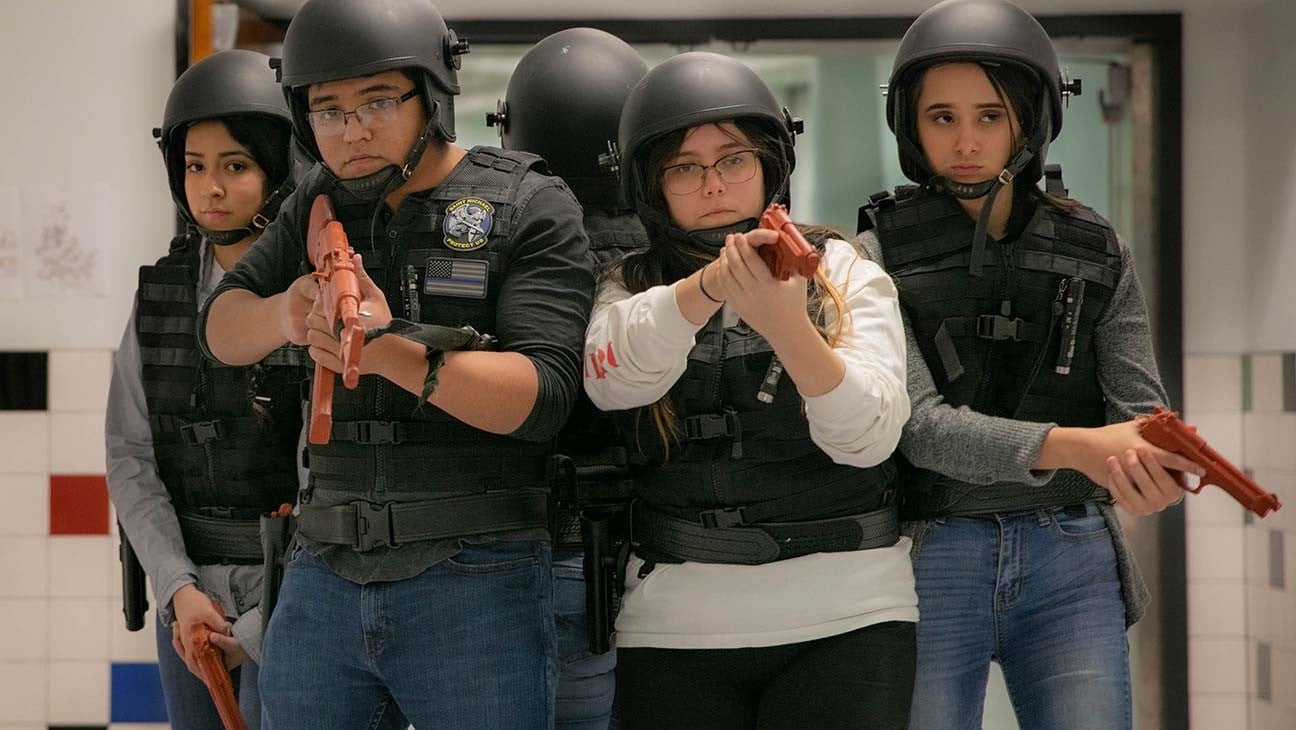
Federal Investigation Does Little to Explain Killings by Border Patrol Agents

Above: Anastasio Hernandez Rojas surrounded by agents
The Department of Homeland Security has released a much-awaited report after a spate of fatal shootings and beatings by Border Patrol agents.
Unfortunately, the report generated by the Department of Homeland Security’s Office of Inspector General is as opaque as the agency it’s supposed to critique. The report focuses mostly on streamlining and better categorization of excessive force incidents by U.S. Customs and Border Protection. The report also points out that the agency, after “several deadly force incidents,” conducted field audits in 2012 and found that “many agents and officers do not understand use of force and the extent to which they may or may not use force.”
This is more than obvious. Congressional leaders requested the report after viewing shocking footage of a man being beaten to death by border agents that aired in April 2012, during the PBS show “Need to Know.” The footage shot at night on the San Diego-Tijuana border shows Anastasio Hernandez Rojas, a Mexican migrant, being tased and beaten by a group of as many as 20 U.S. Border Patrol agents on the U.S. side of the border fence. Hernandez is lying face down on the ground, his hands tied behind his back, screaming in Spanish, “Help me, please, help me.”
“I think I witnessed someone being murdered,” Ashley Young, the woman who shot the video said during the “Need to Know” episode “Crossing the Line at the Border.” In May 2010, Young had been crossing back into San Diego after sightseeing in Tijuana when she heard Hernandez screaming. When the agents didn’t stop beating him, Young took out her camera and began videotaping the assault.
Hernandez died a few hours later. The San Diego medical examiner called his death a homicide. The coroner’s report said Hernandez suffered a heart attack, had five broken ribs, a damaged spine and bruising all over his body.
The Border Patrol said Hernandez had “become combative” and that batons and a stun gun were used to “subdue the individual and maintain officer safety.”
None of the agents were charged for his assault or homicide, and the furor over his death largely subsided until John Carlos Frey, a documentary filmmaker from California, was able to locate Ashley Young and convince her to come forward with the footage for the April 2012 documentary.
The footage of Hernandez’s brutal beating could not be ignored. Congressional leaders wanted answers.
“I believe that CBP policies need a full review, followed by appropriate reforms. Any ambiguity or lack of accountability that could lead to violence must be eliminated,” said New York Congressman José E. Serrano in a press statement, after demanding a review of the agency along with 15 other congressional members.
We still don’t have those answers. The best that can be said for the report is that it shines a light on an agency that is notoriously averse to any type of scrutiny. It does maddeningly little to explain the disconnect between the agency’s written policies and practice by border agents in the field.
For instance, the report states that since October 2010, U.S. Customs and Border Protection has made a concerted effort to train its agents in using “less-lethal devices” (their words) such as pepper spray. The agency also requires that agents get certified every year in using Tasers. Since 2010, the agency has also had a unified use-of-force policy for its agents in the field.
Yet since these changes were instituted in October 2010, eleven people have been fatally shot by agents—six of them on Mexican territory. If you count 2010, the tally is twenty.
And this is during a time when assaults against agents are on the decline. Both Customs and Border Protection and the report’s authors note that since 2010, assaults against agents have decreased. Still, on average at least five people are killed every year by agents in the field. What we want to know—and what this report doesn’t tell us—is why.


